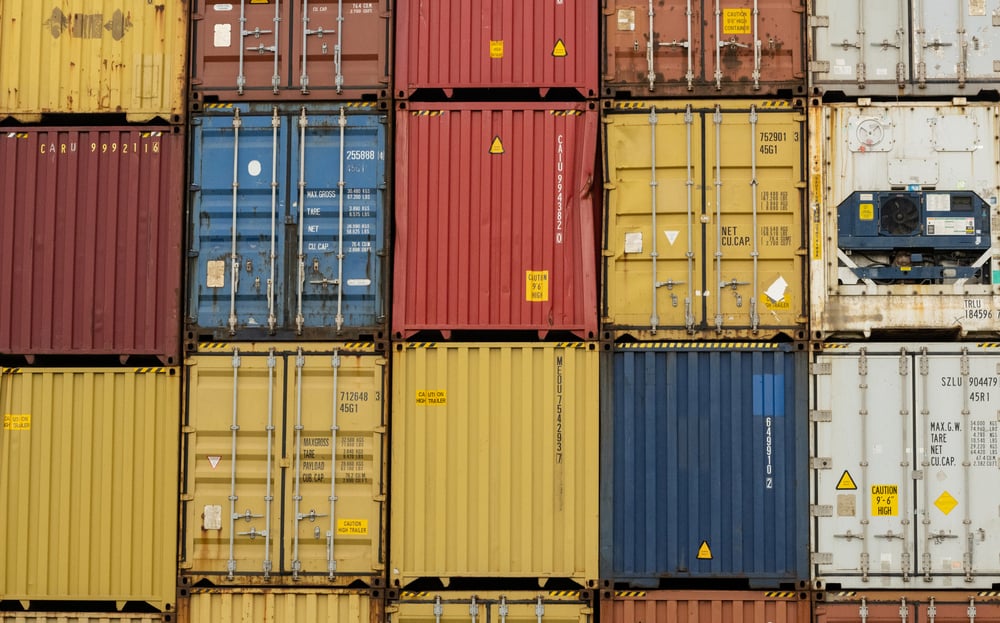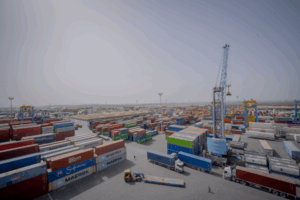One of the most critical means for international trade is the shipping container. They are used to carry commodities and cargo everywhere in the world. So it is crucial to subject them to international regulations and dimensions to ensure complete control and versatility.
If you look at a container, you’ll find a series of markings that provide essential information for the supply chain. The Bureau of International Containers registers and identifies these receptacles with a list of ISO codes, which serve to track and protect the containers and the cargo inside of them.
Read on to understand what each code means.
Container ID
The first identification, and the most prominent one, is the container number or ID. It consists of 4 letters followed by 7 digits, which can you can read as follows:
- Owner code. The first 3 letters identify the container owner.
- Product group code. The fourth letter identifies the type of container.
- Serial number. Following the fourth letter, you can find 6 digits that form the serial number of individual containers.
- Check digit. This last single digit inside a square verifies the validity of the serial number.
ISO Code
The ISO code, usually found under Container ID, is used to describe the container characteristics. It consists of 4 digits and can be read as follows:
- Length. The first digit identifies the length of the container. For instance: 2 is for 20 feet.
- Height. The second digit is for the height of the container. For example, 2 is for 8 feet 6 inches.
- Type. The last two figures identify the type of container. For instance: G1 is for general purpose containers, and R1 is for Refrigerated containers.
Capacity Identifications
Right under the ISO code, some identifications give details about the weight and capacity of the container, as follows:
- Maximum Gross Mass (MGW). It indicates the maximum weight permissible.
- TARE. It shows the weight of the container when empty.
- NET. The net weight of the load that can be added to the container.
- CAP. The container interior capacity.
Container Security Convention and Customs Convention Containers
On the container, you can also find plates that certify its conformity to CSC and CCC standards.
Other Identifications
A container may also carry the following indications:
- Owner’s Logo.
- Indications of weight and height when the container is heavy.
- Repair recommendations.
- Other certifications.
Bottom Line
All containers follow international standards for tracking and safety. They contain a series of codes and markings to identify their owners, their characteristics, and their certifications.
All Seas Shipping owns a fleet of registered and certified containers to ensure the safe delivery of your cargo.






